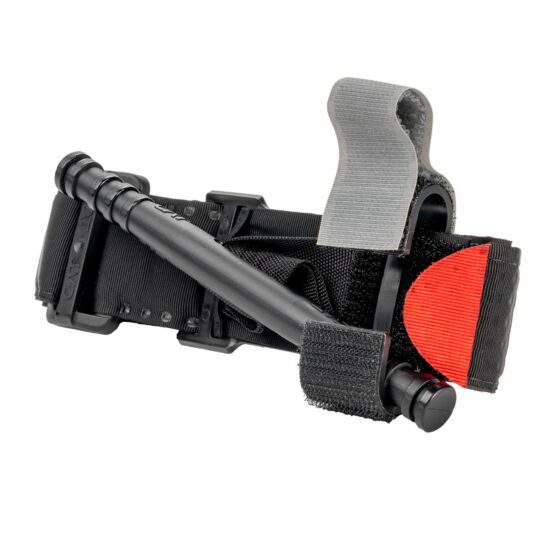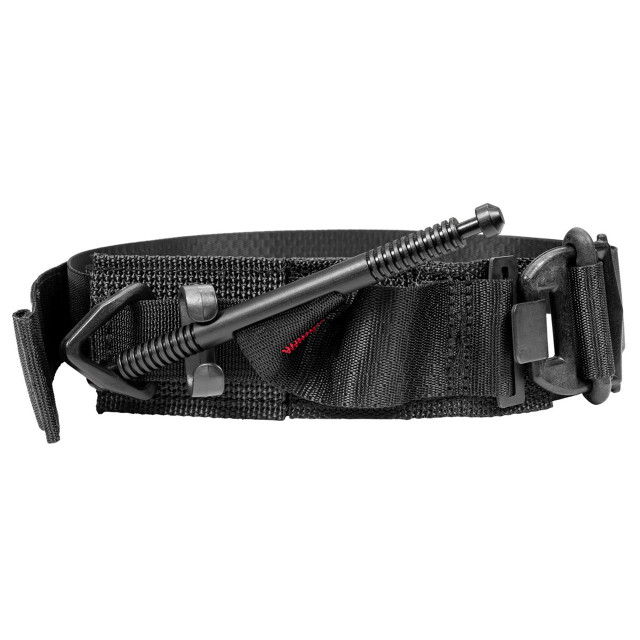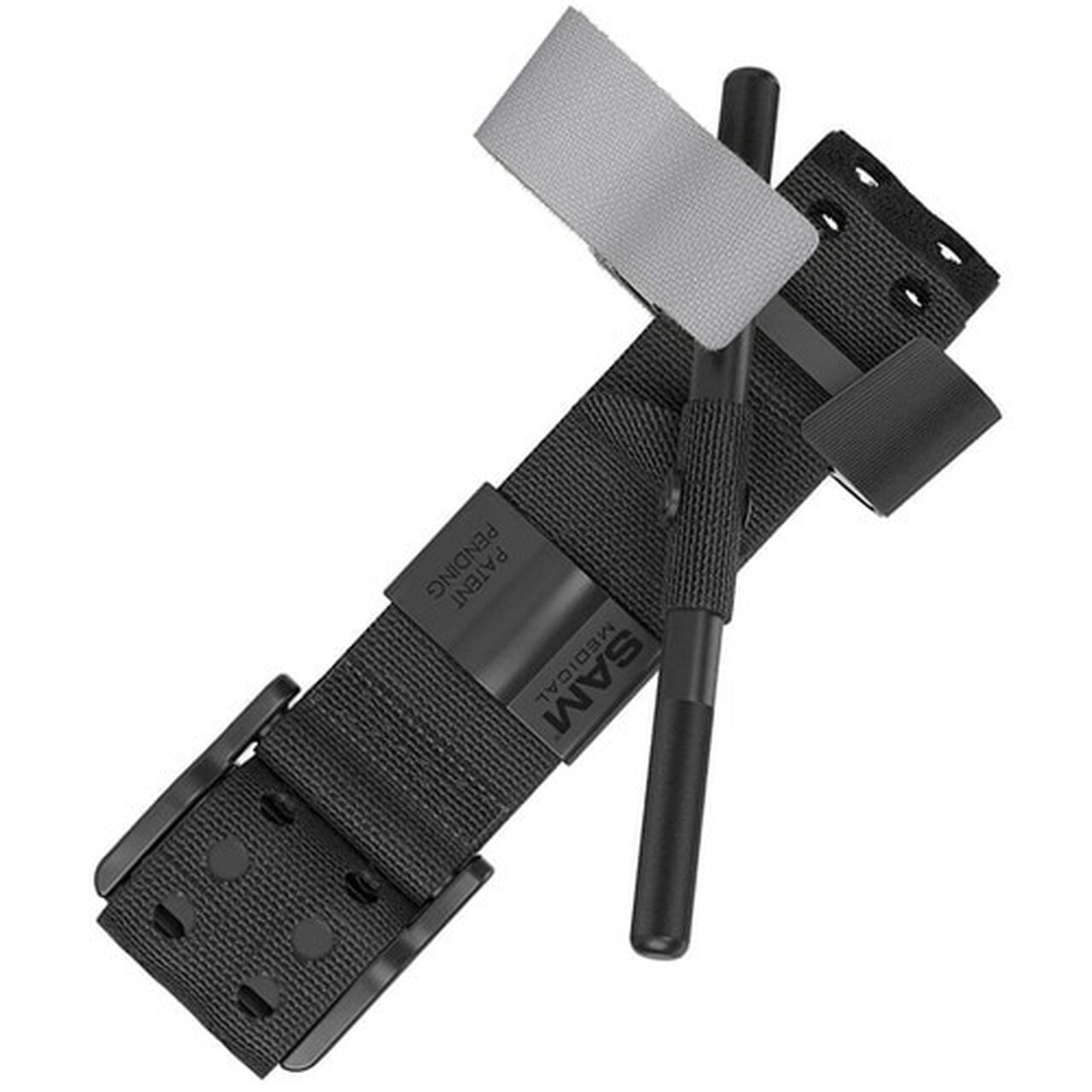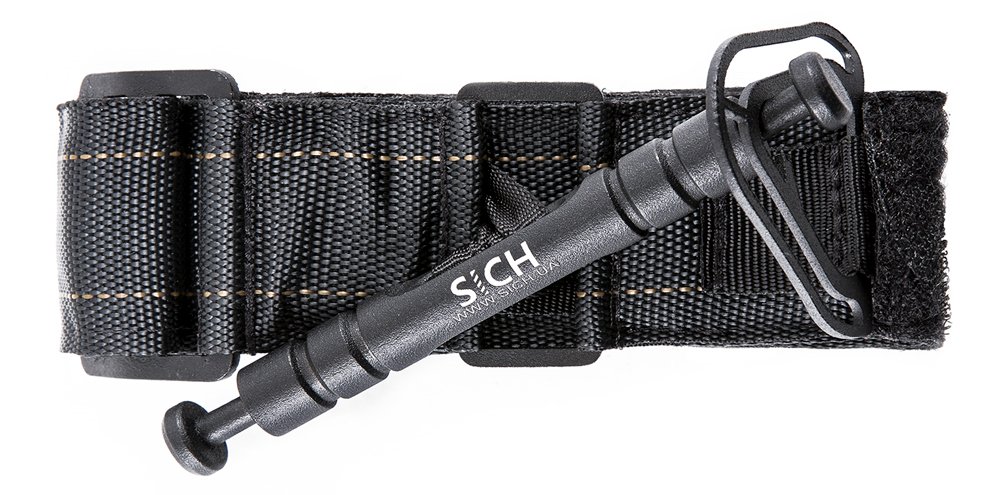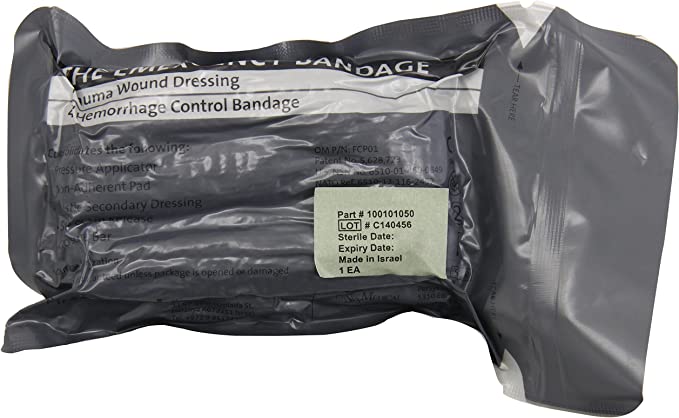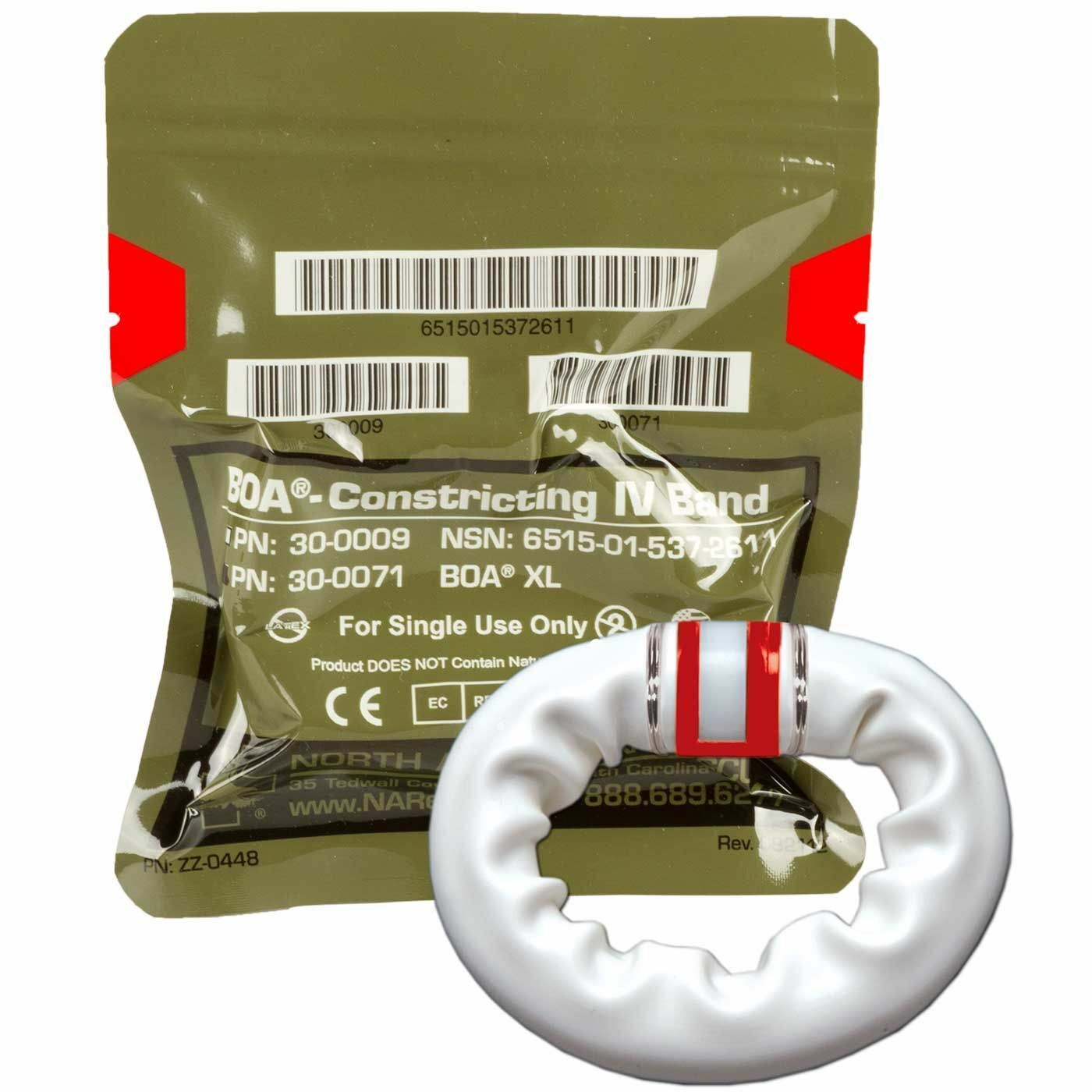Types and Benefits of Hemostatic Tourniquets
Content
- Significance of Hemostatic Tourniquets in Tactical Medicine
- Main Types of Military Tourniquets
- Tactical Tourniquet for Hemorrhage Control
- Tactical Tourniquet for Immobilization
- Tactical Tourniquet for Pressure Support
- Varieties of Hemostatic Tourniquets
- Pneumatic Tourniquets
- Non-pneumatic Tourniquets
- Improvised Tourniquets
- Advantages and Challenges of Hemostatic Tourniquets
- Advantages of Using Tactical Medical Tourniquets
- Challenges of Using Tactical Medical Tourniquets
- Conclusions and Tips on Tactical Tourniquets
- FAQ
- Can tourniquets be reused?
- How to determine if a tourniquet is genuine?
- Where can a tourniquet be applied?
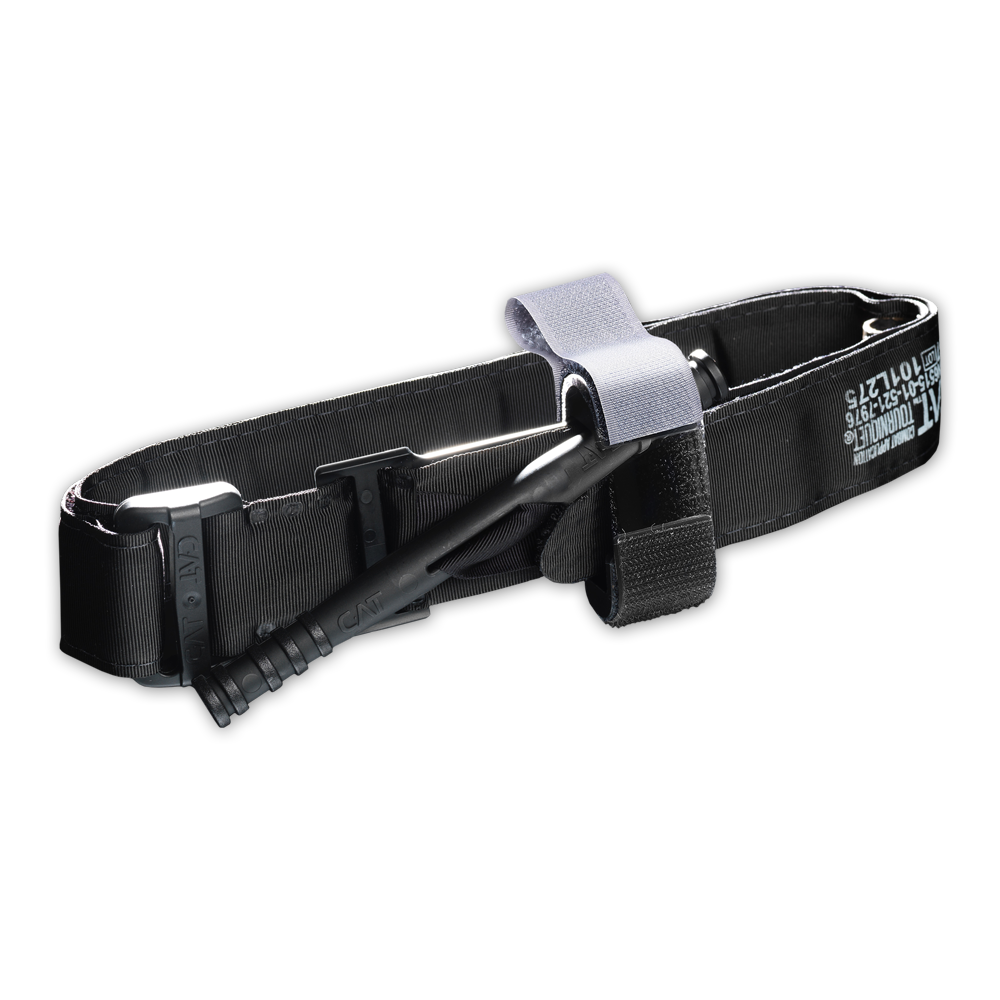
Hemostatic tourniquet aims to stop bleeding by compressing the limb. This type of tourniquet is more effective compared to cheap and rubber options that can quickly break.
Designed to prevent blood loss, a tourniquet provides occlusion of the blood flow by applying pressure to the injured limb. This type of tourniquet is widely used in individual and group first aid kits as a reliable hemostatic agent.
The term "tourniquet" is the English translation of the word "жгут." In Ukraine, the term "tourniquet" is often used to refer to tourniquets that tighten the limb by twisting. This type of tourniquet is the most common.
Significance of Hemostatic Tourniquets in Tactical Medicine
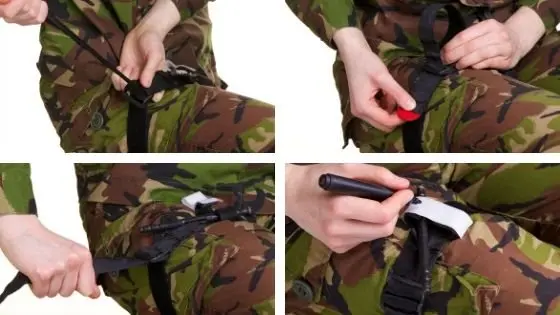
Adhering to the correct technique of applying a tourniquet is important as it helps avoid limb amputation. However, it should be noted that a medical tourniquet, which remains on the limb for an extended period and hinders blood circulation recovery, can also lead to serious consequences.
The allowable time for blood flow occlusion in the limb depends on various factors such as physiology, ambient temperature, force and area of compression, and so on. Typically, the recommended time frame is 2 hours.
Limb loss in most cases results from complex injuries caused by bullets or shrapnel, which induce significant bleeding and extensive damage to soft tissues, major vessels, cartilage, and bones. The high energy of bullets or shrapnel leads to fragmentation and comminuted fractures, often with injuries to major vessels by bone fragments.
When dealing with limb injuries, particular attention should be paid to the type of injury - whether the projectile passes through the limb or enters only one side. This is because the exit wound may be located far from the entrance, and incorrect first aid can lead to critical blood loss and endanger the life of the wounded during transportation.
In the context of armed conflicts in different parts of the world, it is important to seek diplomatic and military solutions. Soldiers' kits equipped with effective tools alongside weapons and diplomacy strengthen countries' positions on the international stage. For this reason, developed states actively work on improving means of providing emergency pre-hospital care. Revolutionary new tools intended to save lives may emerge from the laboratories of leading institutes.
Thus, medical tourniquets in a tactical first aid kit of a serviceman play an incredible role in saving lives, and their presence should be mandatory.
Main Types of Military Tourniquets
A tourniquet is also used in other situations where tissue exsanguination is necessary. For example, it is used during operations on fingers, hands, and feet, as well as during limb amputations. A venous tourniquet is used to compress venous vessels during venipunctures and for the purpose of regional intraosseous and intravenous anesthesia.
The following types of tourniquets exist:
Tactical Tourniquet for Hemorrhage Control
Tactical tourniquets, typically made of elastic rubber about 5-6 cm wide, are used to stop bleeding from vessels of the upper limbs and to exsanguinate the limb during surgeries. To apply it, the limb is first elevated, then the tourniquet is tied by making turns from the periphery to the center.
The main advantage of this tourniquet is its low manufacturing cost. However, it is worth noting a significant drawback - loss of strength under the influence of external environmental factors such as ultraviolet light, rain, heat, and cold. This can lead to a decrease in the effectiveness of the tourniquet. It should also be noted that this type of tourniquet cannot be applied to the limb over clothing, especially in winter. In combat conditions, applying the tourniquet with one hand becomes extremely difficult and, under certain circumstances, may even be impossible.
Tactical Tourniquet for Immobilization
The tactical tourniquet is a reliable and important medical tool designed for immobilizing limbs in emergency situations. It is used not only in military but also in police, fire, ambulance services, and rescue operations.
The main goal of the tactical tourniquet is to ensure the safety of injured individuals and prevent further complications. Rapid immobilization of the injured limb helps reduce the risk of additional damage to vessels, nerves, and tissues.
In summary, the tactical tourniquet for immobilization is an integral part of medical equipment in conditions where emergency assistance and safety provision are critical. Its effective use can help save lives and mitigate the consequences of injuries in extremely complex situations.
Tactical Tourniquet for Pressure Support
The tactical tourniquet is an essential component of medical equipment that serves a vital purpose in hemorrhage control and pressure support. It provides reliable immobilization of limbs during traumatic situations and enables prompt assistance to the injured. Tactical tourniquets are lightweight, durable, easy to use, and effectively stop bleeding. Due to their properties, they are reliable allies for military personnel, police officers, rescuers, and medical professionals in the fight for the lives and health of the injured.
Varieties of Hemostatic Tourniquets
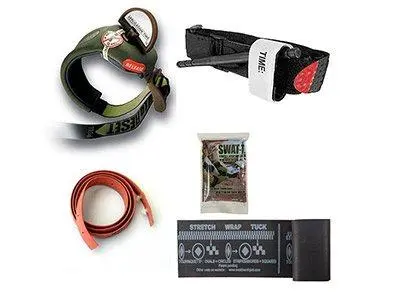
An important medical instrument used for temporary hemorrhage control by compressing blood vessels is the hemostatic tourniquet. Depending on the purpose and application, there are several types of hemostatic tourniquets.
Pneumatic Tourniquets
A pneumatic tourniquet, also known as a surgical tourniquet, is a sophisticated medical device used for hemorrhage control and tissue exsanguination in stationary medical facilities and operating rooms. This device includes an electric pump with a system for regulating air supply and release, a cuff, and an air delivery system to the cuff. Although it may be technologically advanced and dependent on electrical power, the pneumatic tourniquet is successfully used in traumatology and general surgery. However, it has not gained popularity in other areas of application.
Non-pneumatic Tourniquets
A non-pneumatic medical tourniquet is a device for temporary hemorrhage control. Modern models are used in combat conditions and mass casualties. They have better resistance to adverse environmental conditions, the ability to be applied over clothing, controlled compression, and single-handed use. There are several color options for different situations. Well-known models are produced by manufacturers such as SICH (Ukraine) and NA Rescue (USA).
Important characteristics of a tourniquet:
- Effectiveness.
- Maintaining functionality in various conditions.
- Convenience and speed of application.
In addition, factors such as pain level, size, weight, cost, and color may be important.
Improvised Tourniquets
Standard tourniquets can be replaced with improvised means such as a wide belt, scarf, handkerchief, piece of fabric (such as a torn piece of clothing, sleeve, curtain, etc.). For temporary hemorrhage control, an improvised tourniquet in the form of twisting is applied. The material forms a wide band, which is wound around the limb and tied with a double knot, inserting a sturdy short stick. By rotating the stick, a twisting effect is created. However, this method can be painful and lead to bruises or hematomas.
If the injured person is conscious and there is no threat to their life, a roll of bandage or a small piece of rigid fabric can be placed at the cross point to reduce soft tissue trauma. It is important to note that an improvised tourniquet is always more difficult to apply effectively. During prolonged transportation, to ensure the stability of the tourniquet, the stick is tied to the limb, as simple bandaging may not securely fix the stick, and the tourniquet may loosen.
Advantages and Challenges of Hemostatic Tourniquets
In the field of medical application, hemostatic tourniquets hold a significant place as an effective tool for stopping bleeding and exsanguinating tissues. Their use provides rapid and efficient first aid in critical situations, saving the lives of casualties.
However, alongside undeniable advantages, the use of hemostatic tourniquets also encounters certain challenges and limitations. Let's consider the advantages and issues associated with the use of these vital medical devices, as well as optimal ways to use them for emergency medical assistance.
Advantages of Using Tactical Medical Tourniquets
Using tactical medical tourniquets has several significant advantages. These specially designed devices allow for quick and efficient cessation of bleeding, which can save the lives of casualties. They are easy to apply, reliable, and lightweight for transportation.
Tactical medical tourniquets are an integral part of military, police, and rescue first aid kits, and they are widely used in public places and emergency situations. The use of tactical tourniquets helps ensure reliable and prompt medical assistance, increasing the chances of saving lives.
The main advantages include:
- Manufactured from high-quality elastic rubber;
- Does not contain toxic or allergenic elements;
- Retains shape through multiple uses;
- Inexpensive and easy to use;
- Resistant to repeated chemical treatments;
- Quickly and reliably stops arterial bleeding.
Challenges of Using Tactical Medical Tourniquets
The application of tourniquets in tactical medicine faces certain challenges. Despite their usefulness, inadequate training and improper application can lead to dangerous consequences. Uncontrolled tourniquet application can result in tissue trauma and limb necrosis. It is also important to consider that prolonged tourniquet application may lead to nerve and muscle damage. To optimally use tactical tourniquets, one must possess appropriate skills and always adhere to specialist recommendations.
Conclusions and Tips on Tactical Tourniquets
The overview of the article shows that when using tactical medical devices, especially tourniquets for bleeding control, it is crucial to:
- Receive proper training on the correct application of tactical tourniquets. Improper application can lead to tissue damage and other adverse outcomes.
- Regularly practice to maintain tourniquet usage skills. The more you practice, the more confident you'll be in critical situations.
- Not leave the tourniquet on the body longer than recommended. Continuously monitor the application time to avoid tissue necrosis.
- Periodically check the tourniquet for damages and wear. Ensure its proper functioning for effective use.
- After use, disinfect and clean the tourniquet. Store it in sanitary conditions for subsequent use.
- Choose the right-sized tourniquet suitable for specific needs and usage.
FAQ
Can tourniquets be reused?
After the first use, a tourniquet loses its effectiveness, so it should not be reused. However, some people may do so because they lack other means to assist casualties.
How to determine if a tourniquet is genuine?
To avoid purchasing counterfeit products, it is recommended to buy tourniquets from official distributors. Genuine tourniquets come with intact packaging, detailed instructions, and specific manufacturing markings. Typically, these markings can be found on the band itself or on individual parts such as the windlass, platform (base of the tourniquet), or buckle.
Where can a tourniquet be applied?
A tourniquet should only be applied to limbs and as high above the injury site as possible, closest to the shoulder for an injured arm but not on the shoulder itself, and as high up the thigh as possible. It is important to avoid applying a tourniquet to joints, abdomen, neck, or chest as it may worsen the condition of the casualty.
